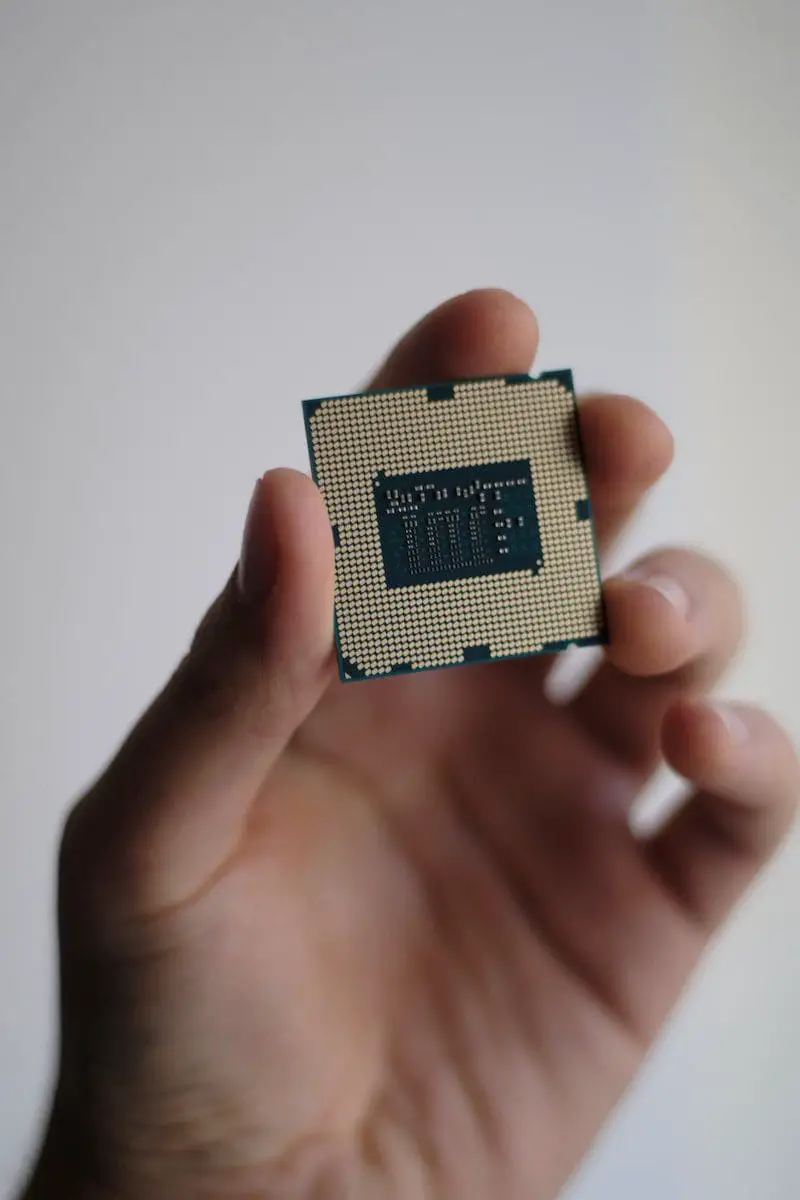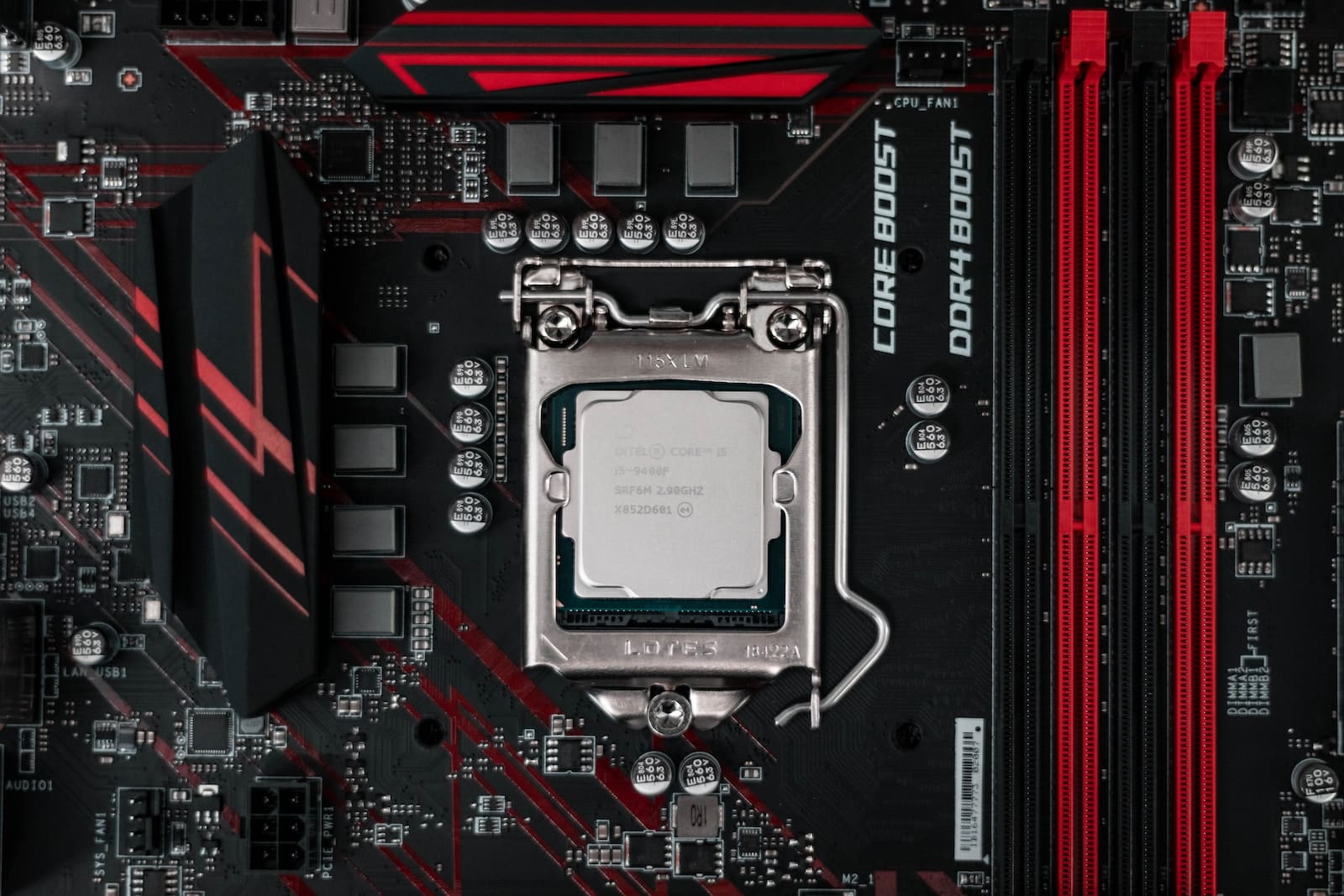The core is known as the backbone and is the essential component of the processor.
A chip with two or more distinct CPU cores is referred to as a multi-core processor.
Dual-core and quad-core processors are two popular multi-core CPUs.
A microprocessor with two distinct CPU cores is known as a dual-core processor.
A chip with four distinct CPU cores is known as a quad-core processor.
The core is placed inside the processor.
Cache and clock speed can be used as indicators of core performance.
In contrast to the processor, the core is more expensive.
The central processing unit, or processor, performs the basic operations necessary to run a computer.
On a personal computer, the CPU is made up of simply one chip.
Certain computer and chip manufacturers refer to a personal computer processing chip as a microprocessor.
The processor’s control unit synchronizes and regulates all computer processes.
The processor supports the CPU’s 64- or 32-bit architecture.
The processor is located on a computer to enhance system performance and productivity, and the computer may have many processors, each of which may have one or more cores.
Key Takeaways
- A CPU (Central Processing Unit) is the primary component of a computer responsible for executing instructions and managing system operations.
- Cores are individual processing units within a CPU that can execute instructions simultaneously, enhancing overall performance.
- The term “processor” can refer to a CPU, a microprocessor, or any other component responsible for processing data in a system.

CPU vs Core vs Processor
The CPU is the main component of a computer, performing arithmetic, logical, and input/output operations. A core is a processing unit within a CPU that can perform calculations independently of other cores, allowing for better multitasking and faster processing speeds.
Comparison Table
| Parameters of Comparison | Core | Processor | CPU |
|---|---|---|---|
| Location | Inside the processor | Inside the CPU | In the computer |
| Working | Fetch, decodes, and execute. | Fetch, decodes, and execute. | Input-processing-output |
| Calibration | Cache, the clock speed can be a measure to validate the performance of the core. | Measured according to its size, processing speed, and type. | Measures according to the number of processors and cores |
| Used numbers | The processor can hold one or multiple cores. | A computer can have one or multiple processors | A CPU can have multiple processors and cores |
What is Core?
The core is the processor’s most fundamental processing unit, which can execute in parallel. It has a control unit as well as a logic unit with several registers.
The core is known as the backbone and is the essential component of the processor.
The processor’s control unit synchronizes and controls all computer processes.
Every core of a CPU is treated independently by the operating system. A chip with two or more distinct CPU cores is referred to as a multi-core processor.
Dual-core and quad-core processors are two popular multi-core CPUs. A microprocessor with two distinct CPU cores is known as a dual-core processor.
A chip with four distinct CPU cores is known as a quad-core processor.
The core is now available in numerous variants, including core i9, core i7, core i3, and core i5. The number denotes the core level below and clarifies the horsepower capacity of the computer.
The core is placed inside the processor. A CPU includes one or more cores to boost the system’s efficiency and productivity.
It runs on the fetch, decodes, and execute principle. Cache and clock speed can be used as indicators of core performance. In contrast to the processor, the core is more expensive.

What is Processor?
The central processing unit, or processor, performs the basic operations necessary to run a computer. The CPU is in charge of most of a computer’s activities and significantly impacts total processing power. The CPU is made up of simply one chip on a personal computer. Certain computer and chip manufacturers refer to a personal computer processing chip as a microprocessor. Most processor chip manufacturers now offer multi-core CPUs.
The processor’s control unit synchronizes and regulates all computer processes. The processors have registers that hold the derived findings and instructions.
The processor supports the CPU’s 64- or 32-bit architecture. The clock speed determines how many CPU orders may be executed in a few seconds. The processor’s execution time and speed may be adjusted using input programs or instructions.
The processor is located on a computer.
To enhance system performance and productivity, the computer may have many processors, each of which may have one or more cores.
It controls all open programs and acts as a store for information storage, making it effective for multitasking.

What is CPU?
CPU provides the instructions that allow a computer to work. A CPU is made of a number of components and in a variety of sizes.
It ensures that every component of the computer works properly. A CPU is made up of two subsystems: the Control Unit and the Arithmetic and Logic Unit.
The ALU does all arithmetic and logical operations. It performs operations such as addition, subtraction, multiplication, and division.
The control unit governs and synchronizes the computer’s operations. CPU registers are also accessible for storing retrieved instructions and their results.

Main Differences Between CPU and Core and Processor
- A CPU Core is inside the processor, and the processor is on the computer.
- CPU Core and processor both work on the principle of Fetching decodes and executing.
- Cache, the clock speed, can be a measure to validate the performance of the core. The processor is measured according to its size, processing speed, and type.
- A processor can hold one or more than one core, and a computer can have one and multiple processors simultaneously.